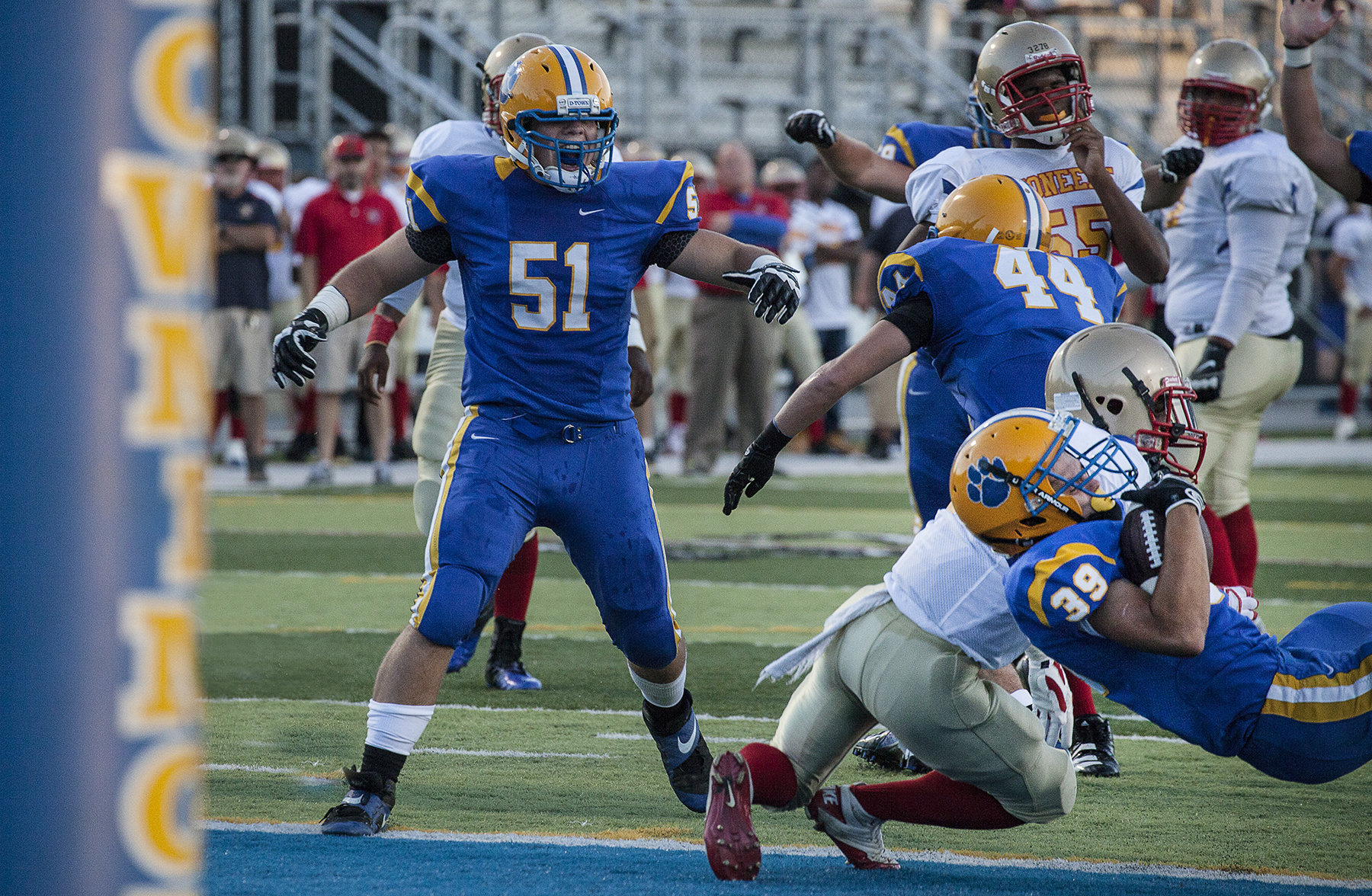What is ISO?
In digital photography ISO (International Standards Organization) reflects the sensitivity of the image sensor. The lower the number the less sensitive your camera is to light but also means the grain in the photograph is finer.
Higher ISO settings are usually used when you need more light in darker areas to increase your shutter speed. For example in sports photography where you want to freeze the action in lower light conditions.
Typically ISO numbers start from 100 – 200 (Base ISO) and increment in value in geometric progression ( x2). That means the ISO sequence is 100, 200,400, 800, 1600, 3200, 6400 ….
The important thing to understand is that each step between the numbers doubles the sensitivity of the image sensor. When the sensor is more sensible to light it needs less time to capture an image which leads to shorter shutter speed times.
ISO/Speed example:
ISO 100 – 1s
ISO 200 – 1/2s
ISO 400 – 1/4s
ISO 800 – 1/8s
ISO 1600 – 1/16s
…………and so on.
Quality wise the lower the ISO you use on your camera the better/smoother your image quality.
To increase the ISO also increases the grain in picture. The image sensor has to work harder to establish an effective image, which thereby produces more digital noise (multi-colored speckles in the shadows and the midtones).
What is digital noise? It is any light signal that does not originate from the subject and therefore creates random color in an image. The image sensor is designed to perform best at the lowest ISO (just like with film). Many photographers use the digital noise for individual artistic projects .
Have fun trying out all possibilities your camera offers and use your ISO as often as you can to create different styles! 🙂


